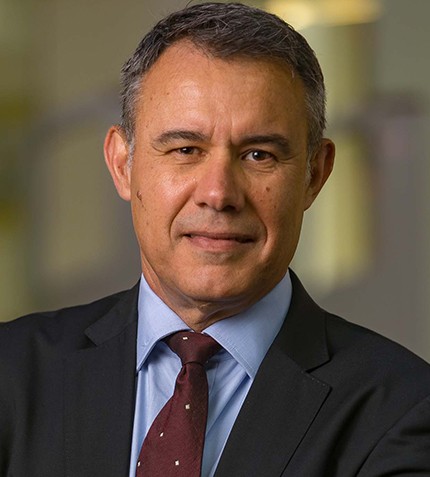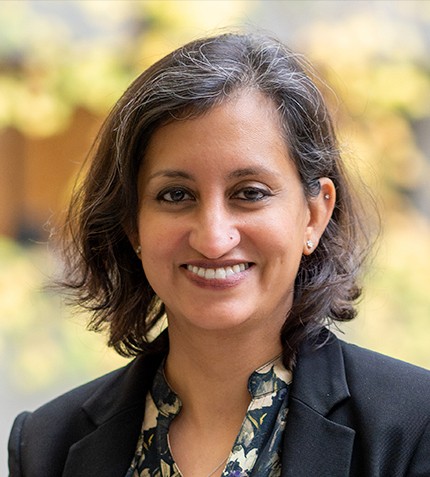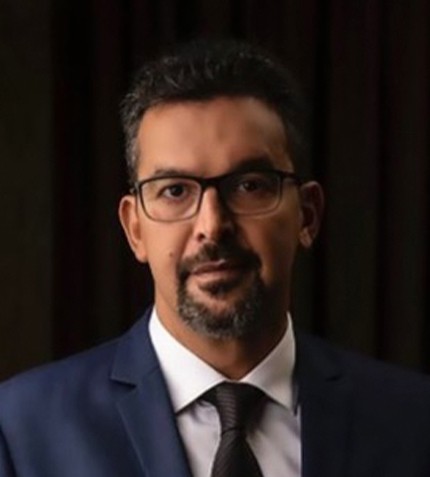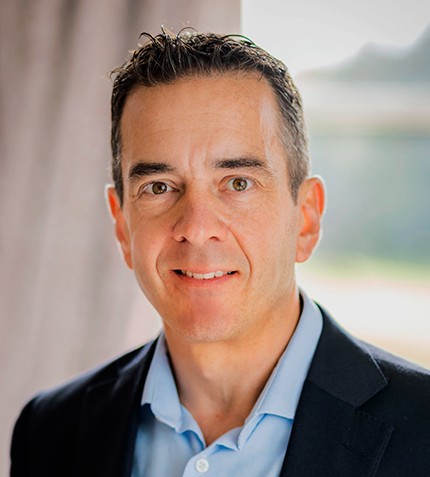
"Our control systems monitor developments throughout the sinking cycle, identifying delays and working to shorten the time from blast to blast."
Mike da Costa
CEO, GLOBAL MINING, MURRAY & ROBERTS (M&R)
Can you give an overview of Murray and Roberts’ mining platform?
The mining platform consists of three subsidiary companies: RUC Cementation, which focuses on Asia and Australia; Cementation in the Americas; and Murray and Roberts Cementation for the African market. Our current projects on the African continent are primarily in Southern Africa, where our approach is commodity agnostic. We recently established an underground coal mining contracting company focused on projects in South Africa. Murray and Roberts (M&R) executed projects previously in the Copperbelt, and we are currently working in Namibia, Zimbabwe and are also present in West Africa. In Ghana, the DRC, Namibia and Tanzania we partner with local companies.
Our biggest project is the Venetia Underground Project in South Africa with Anglo American, where we are establishing an underground mine as the principal mining contractor. We have completed sinking two vertical shafts to a depth of 1,000 m and are in the process of equipping one of the shafts as well as doing the off-shaft development that will accommodate the underground service infrastructure for the shafts. Our scope also includes the development of a decline from surface to enable access to the orebody for mechanised mining equipment. This decline has advanced to a depth of 550 m. We are also working on the Kalagadi manganese mine and with B2Gold in Namibia to develop their mine underground, as well as on the planning and engineering of a new PGM mine in Zimbabwe.
What are some of your innovations in rock cutting and mechanised shaft sinking?
We invest heavily in mine development and shaft sinking innovations where our technology aims to save time for clients as we develop solutions that allow for the initial construction and set up of the shaft sinking site in parallel with the pre-sinking. With regard to improving the efficiency of sinking cycles, we employ efficiently designed hydraulic drilling jumbos to speed up the cleaning cycle as well as innovations to improve the efficiency of the concrete lining process.
Our control systems monitor developments throughout the sinking cycle, identifying delays and working to shorten the time from blast to blast. Other innovations focus on the equipment used in the shafts to enhance safety and efficiency. As a result, we are proud of our safety records, as M&R Cementation have recently achieved 5 million fatality-free shifts.
Regarding mechanised mining, we are applying the technology used from our Australian subsidiary to our operations in South Africa, beginning within the next six to 12 months, such as ensuring high speed WiFi networks underground to transfer data and using autonomous/semi-autonomous loaders operated using a remote control from the surface 24/7. Drilling machinery is also employed to drill automatically and by remote control, which is in the trial phase in Australia. Real-time monitoring of the operating parameters of the equipment allows us to improve our maintenance practices. M&R also owns a controlling share in a technology company specialising in IoT, data acquisition and analysis. Data related to the execution of the mining cycle is gathered and analysed using artificial intelligence (AI), then the information is communicated to the supervisors on the ground to enable them to make informed operational decisions accordingly. We are also currently working on real-time capturing of safety and audit data from underground and using AI for analysis to enable proactive action.
Can you elaborate on the M&R training academy and how it helps to find and retain talent?
Considering the level of sophistication and complexity of the technology we use, the centre is essential in training our workforce and develop the skills we need for the modern mine by focusing on occupationally-directed technical skills and safety training. Through a unique combination of blended learning encompassing instructor-led simulations and online training modules, we also provide our clients with customised, site-specific and compelling training solutions for employees up to supervisor level. Using simulators and virtual reality, training can also be conducted virtually.










